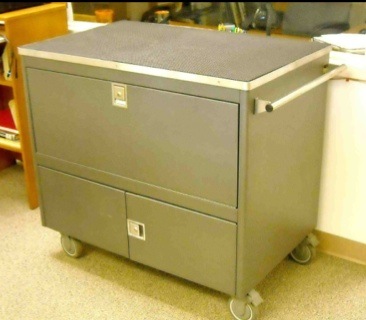Using real-world data from eight network operators across four continents, a new study by Actix (www.actix.com) reveals how the dynamic interplay of people, places and devices is impacting mobile networks across the world. It highlights the critical importance of accurate customer handset and location data for targeting network investments, improving customer experience where it matters and coping with the influx of new devices.
Smartphones on 3G networks spend almost 85% of their active time generating data traffic, and only 10% of it on voice. The radio access network is responsible for between 80-85% of poor quality voice whilst data sessions in congested areas often fall below video-ready speeds. LTE networks deliver on performance claims but the real challenge will come when these networks become heavily loaded.
“The data performance on today’s network varies greatly and is far behind the high speeds that handsets are capable of reaching,” says Neil Coleman, director of Marketing at Actix. “There’s a lot of demand from users for fast data rates but handset technology is advancing much more quickly than the networks can deliver.”
The average smartphone in a person’s pocket is 18 months old and those with newer phones generate much more data. Apple subscribers use more data, and more data per session, than Android, with Blackberry users consuming 50% less data than Android and 30% less than Apple.
“If existing Blackberry customers switched to Apple or Android, mobile traffic would increase by 20%,” adds Coleman. “As early adopters move to the latest devices they put extra strain on the network and with more people switching from BlackBerry this will only continue.”
Only one in five of locations are responsible for 80% of network traffic and just 5% are responsible for over half of traffic, with these high traffic areas typically less than 30-100m2 in size. In addition, 15% of locations are responsible for 85% of all customer experience problems.
Across an entire network, outdoor usage is still high but indoor usage (of voice and data) is gaining and in many congested areas indoor usage dominates.
“Data rates drop off by as much as 50% when users go indoors,” says Coleman. “The area also affects the demand placed on the network, for example social media usage is highest in tourist areas, where data connections are busiest between 20:00 and 21:00. Many locations are busy a lot of the time, but areas with the highest levels of demand peak only for two short periods each day, such as transport hubs and central business districts. There’s no blanket solution to this for operators.”
The market is made up of smartphones; basic handsets are rapidly losing market share and alternative devices such as dongles, tablets and Mi-Fi are a minority. Mature operators are seeing market penetration reaching 66% and network data suggests over 80% of all downloaded data is from smartphones.
While smartphones make 3-10 data connections per hour of use, 60-70% of data sessions are less than 50 Kbytes in size and Actix estimates less than 30% of these data sessions are user initiated. Every new generation of smartphone adds 20% more data per subscriber and smartphones released in 2012 generate 2.5 times more traffic per subscriber than those released in 2009.
“The Apple iPhone 4Gs is the definitive 3G smartphone in terms of mobile experience, usage and subscriber adoption,” adds Coleman. “It remains to be seen if Apple can reach the same highs again.”
Other insights into device usage, include:
° Tablets and dongles are more impacted by capacity issues than basic and feature phones
° Tablet usage is miniscule compared to smartphones, despite around 115 million tablet devices having been sold according to Forrester Research
“Our annual study reveals the importance of understanding the interplay between people, places and devices on the network,” says Bill McHale, CEO of Actix. “Never before has the network comprised such a range of complex elements, as operators look to transition to LTE, manage increasingly demanding user expectations and optimize for an ever-growing number of devices.”


